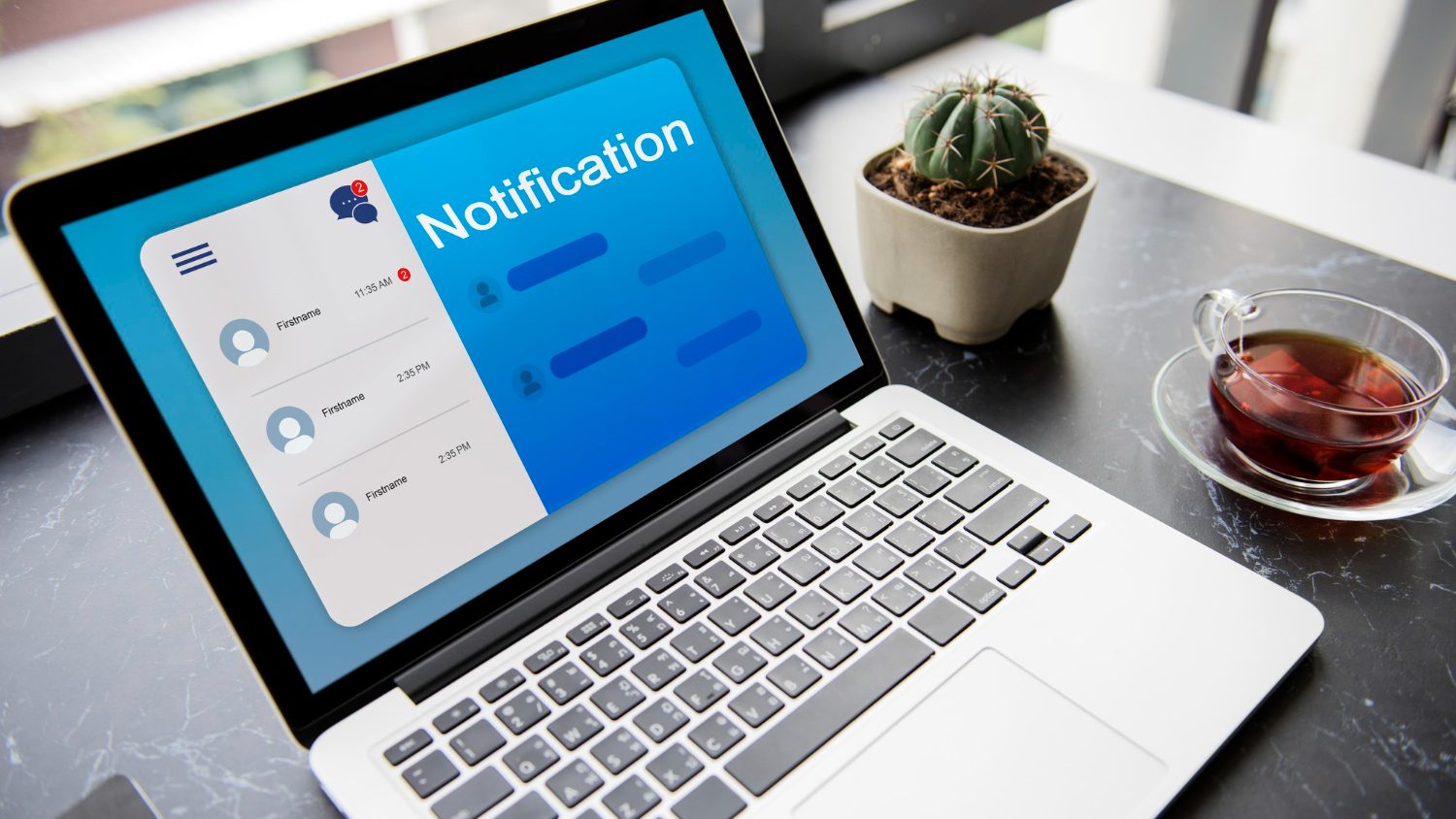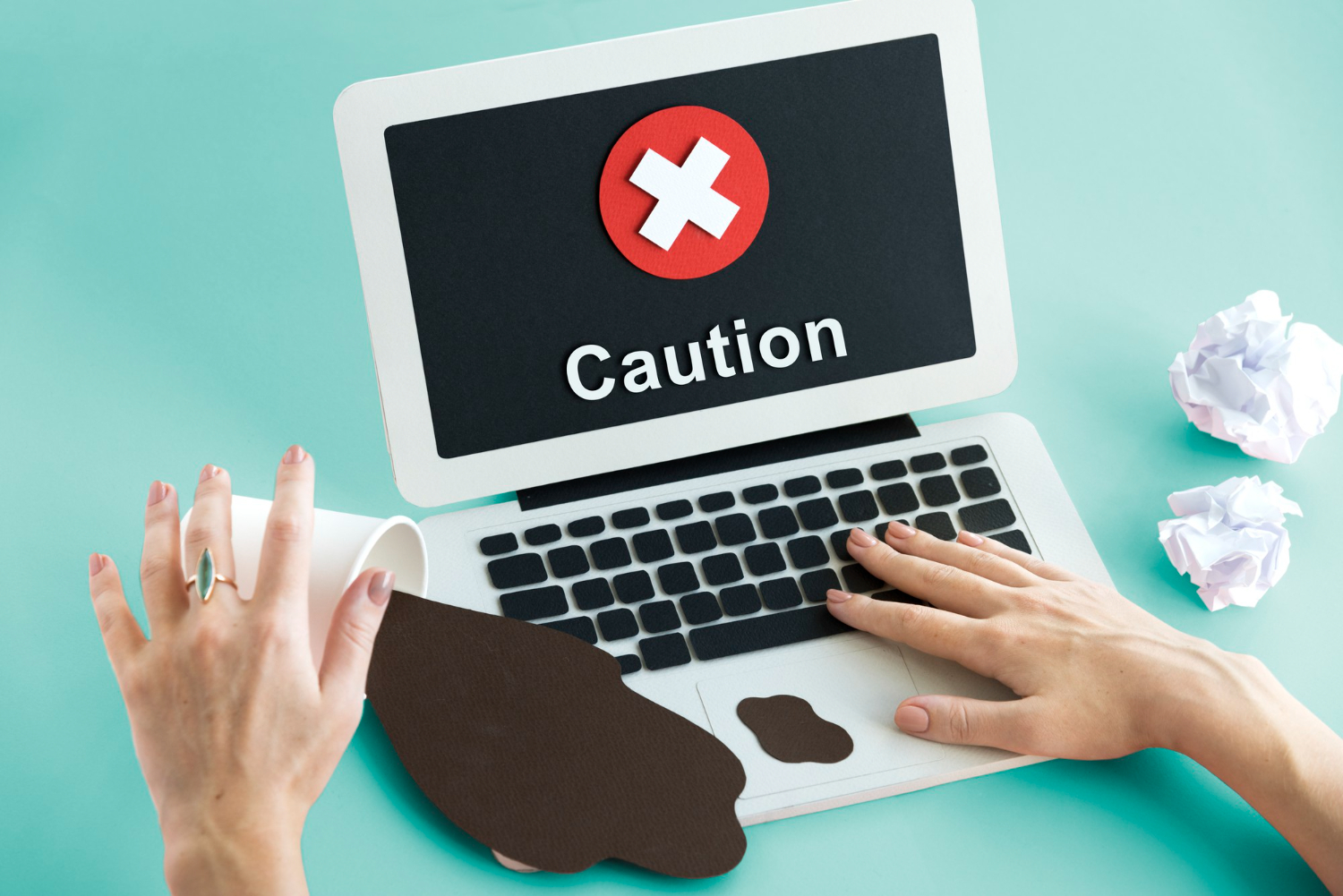LinkedIn is one of the most powerful platforms and has evolved into a cornerstone of professional networking. LinkedIn, as a platform, has more than 1 billion members in more than 200 countries. The platform allows you to connect with recruiters, potential employers, and industry peers, but there are about 7 LinkedIn Red Flags You Must Avoid.
Red flags are more like warning signs or indicators that something is wrong or suspicious. Certain things you do, intentionally or not, fall under the category of red flags.
Making certain mistakes on LinkedIn can negatively impact your profile and reduce your chances of creating valuable connections. In this article, we’ll discuss seven major LinkedIn red flags you must avoid and offer tips on improving your profile to make it stand out.
Let’s dive in!

Source: Freepik
1. Incomplete or Bare Profile
There are some profiles on LinkedIn that are empty while others are partially filled. It is quite glaring and most people do not know the effect of an empty profile.
What do you stand to lose due to an incomplete or bare profile?
When a potential employer sees your incomplete profile, he will assume that you are not serious about your career or the platform. An incomplete profile shows a lack of effort, which can translate into a lack of professionalism. Missing details like job history, vague job titles, or a missing summary make it hard for recruiters to understand your professional background.
To improve this, optimize your profile, including the headline, summary, and work experience. A well-rounded profile makes it easier for recruiters to see your skills and achievements.
2. Unprofessional or Missing Profile Photo
Being a professional platform for job professionals, recruiters, and employees alike, it is out of place to use an unprofessional profile photo. This is the second red flag on our list.
When someone clicks on your name or URL to visit your LinkedIn profile, your profile photo is the first thing they see when they land. A casual, blurry, or missing photo can signal to recruiters that you’re not taking LinkedIn seriously.
You need to have a professional-looking headshot that establishes credibility and professionalism. Recruiters are more likely to engage with a profile that includes a clear and professional photo, as it adds a human touch.
3. Buzzwords and Overused Clichés
Using buzzwords like “expert,” “guru,” or “passionate” without any concrete examples can make your profile feel generic. These overused terms don’t set you apart and often come off as insincere.
Instead of using empty buzzwords, focus on showcasing specific achievements and quantifiable results. Highlight your unique skills and contributions, as this will make you stand out to recruiters.
Read also: Moving to the UK in 2024? Here’s What to Avoid
4. Poor Grammar and Typographical Errors
Grammar mistakes and typos reflect poorly on your professionalism and attention to detail. A profile littered with spelling errors suggests a lack of care, which could turn off potential employers.
In the professional world, clear and concise communication is critical. LinkedIn is no exception. Taking the time to proofread your profile and ensuring there are no grammatical mistakes is essential for creating a positive impression.

Source: Freepik
5. Irrelevant or Random Connections
Another common mistake on LinkedIn is connecting with random people without any clear relevance. While LinkedIn is a networking platform, it’s important to focus on building meaningful connections. Randomly connecting with people outside of your industry or without any professional relevance can dilute the quality of your network. A high-quality network is far more valuable than a large, unfocused one.
6. Neglecting Engagement (No Activity or Interaction)
One thing is to have a LinkedIn profile and another thing is to engage, reach, out and network with people using your profile. A stagnant profile with no engagement gives the impression that you are not active or interested in your professional field.
A LinkedIn profile without posts, likes, or comments suggests a lack of involvement in your industry, which can be a turnoff for recruiters. Regular engagement on LinkedIn helps you stay visible to your connections and shows that you are an active participant in your field.
7. Misleading Information or Exaggerations
This is the seventh red flag on our list and it is quite important. Most people are tempted to put out what they are not. Some say it helps them come off as high-class individuals while others do it because they want to quickly gain what they want.
It is unethical to inflate your qualifications. Inflating and including false information on your LinkedIn profile can harm your reputation. It might be a good thing to do for a short-term period but in the long run, you will regret it. If employers on LinkedIn find out that your information is inaccurate or exaggerated, they can begin to mistrust you.
When you are building a professional brand, you need to embrace authenticity. Be honest about your qualifications and experience.
Read also: Top In-Demand Careers In the UK for 2024

Source: Freepik
Tips for Completing Your LinkedIn Profile
Completing your LinkedIn requires deliberation and the right approach. Here are some tips to help you in completing your LinkedIn profile:
- Take a professional headshot with a clean background. Your photo should reflect how you would present yourself in a business setting.
- Your headline should be clear and highlight your area of expertise. Make it concise but informative.
- Provide a compelling summary that mentions your skills, achievements, and career goals. You can also have it tailored to fit the opportunities you seek.
- Write out detailed job descriptions to showcase your impact in previous roles. Use quantifiable data to highlight your accomplishments.
- List your most relevant skills and seek endorsements from colleagues or clients to boost your credibility.
- Ensure to include your educational background, certifications, and relevant courses to round out your profile.
Key Takeaways: 7 LinkedIn Red Flags You Must Avoid
- Having a complete well-organized and optimized LinkedIn is important for making strong impressions on recruiters.
- Your profile photo should be professional and credible, creating a good first impression for potential connections.
- Hate buzzwords and clichés. Focus on quantifiable achievements and demonstrating your skills through results.
- Ensure to avoid poor grammar and spelling errors because they negatively impact your attention to detail.
- Build a meaningful and relevant network, focusing on quality over quantity for your LinkedIn connections.
- Regular engagement and interaction are important for staying visible and active in your professional community.
- Do not give out false information. Be honest and authentic in your profile, as misleading information can hurt your reputation in the long run.
Wrap-Up: 7 LinkedIn Red Flags You Must Avoid
Red flags are never good because the effect they cause is never positive. By avoiding these LinkedIn red flags, you will be able to build your online presence. Your online presence makes it possible for people to know what you are into and how you do your thing.
To help improve your online presence, optimize your profile and engage with your network to create opportunities for career growth and advancement. Additionally, auditing your LinkedIn profile regularly will help ensure that it reflects your skills, professionalism, and goals effectively.
